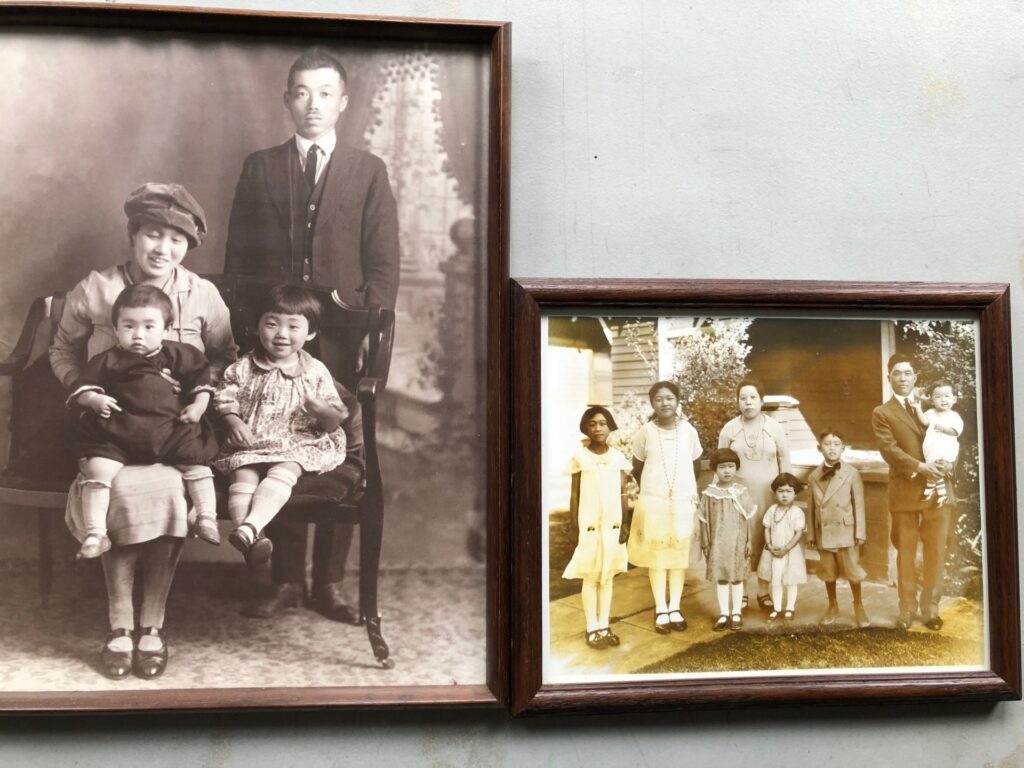Ishihara-Yoshimura journey: A Story Celebrating Asian-Pacific Americans
by Nancy Ishihara
Asian-Pacific American Heritage Month (sometimes known as Asian American and Pacific Islander Heritage Month) is an annual celebration of Americans with Asian or Pacific Islander ancestry.[1] The month of May was chosen to coincide with the first Japanese immigrant, Manjiro, arriving in Massachusetts on a whaling ship captained by John Whitfield in May of 1843, [2] as well as the completion of the transcontinental railroad in May of 1869, which was built mostly by Chinese immigrants.[3]
Like Manjiro, my grandparents were also Japanese immigrants, so AAPI month has a personal connection for me. But I landed in Massachusetts by a very different route. My grandparents came to California between 1907 and 1923 for better opportunities than they had in Japan. But when Japan attacked Pearl Harbor, America thought they were a threat and imprisoned them for the duration of the war. All their property was confiscated without compensation, and they had very little notice about where they were being moved to. My Mom’s family lived in a horse stable while the camps were being built. Her family was then moved to Topaz Relocation Center in Utah. My Dad’s family was moved to Gila River Relocation Center in Arizona. Imprisoned families were allowed to go east before the end of war so both families moved to Chicago where my parents met. My Dad graduated from high school in Gila River Relocation Center and went on to college and then to work as a computer engineer on the Whirlwind project at MIT, one of the first electronic computers, in 1951. This is what brought him to Massachusetts where I was born.

As a math educator and the daughter of a computer engineer, I think it’s particularly important to understand the origins and dangers of the model minority myth. I have been told, of course, “You’re good at math, you’re Asian.” This is less a compliment than a way to “other” and divide AAPI people, which was in fact the original intent of the white man who coined the term “model minority”. [4]
As we celebrate AAPI achievements in mathematics we need to remember the stories.
The Storytelling Math children’s book series is written by a diverse group of authors and features characters of AAPI and other national and racial origins using math as they play, build, and discover the world around them. Each book also includes activities for families to do together. [5] In other words, the stories show how people develop into math learners, rather than being born as a “math person” by virtue of one’s family origin.
[1] Are You “AAPI” or “Asian American”? It’s Complicated. | A People’s History of Asian America (youtube.com) created by PBS in 2017 very interesting in terms of understanding the term AAPI etc.
[2] https://www.smithsonianmag.com/history/the-shipwrecked-teenager-who-helped-end-japans-isolationist-era-180982199/
[3] https://www.dol.gov/general/aboutdol/hallofhonor/2014_railroad
[4] Busting the Model Minority Myth of Asian Americans and Pacific Islanders | Best Colleges (5 Ways to Bust the Model Minority Myth for Asian American and Pacific Islander Students)
[5] https://www.charlesbridge.com/collections/storytelling-math

Nancy Ishihara is a 3rd generation Japanese American (sansei) who grew up in Massachusetts. She followed in her father’s footsteps and started her career as a computer programmer. After her children were born she pivoted to education, first as a middle school math assistant, then as a curriculum developer at TERC and more recently as an adult math educator.
